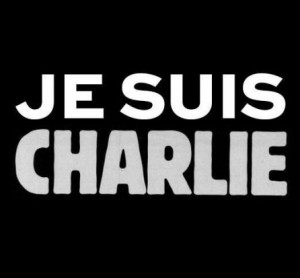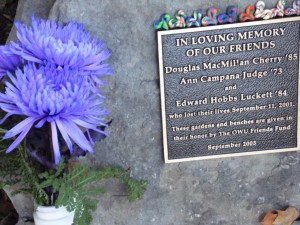
Ela Mazumdar, Transcript Reporter
As many eagerly watched the new music video for Beyonce and Coldplay’s “Hymn for the Weekend,” it seemed that not everyone was thrilled with the video, which, according to many people, appropriates Indian culture and is blatantly disrespectful.
As an Indian woman, issues of cultural appropriation are incredibly important to me and hit close to home.
Although I live in the U.S., Indian culture is a part of me and a part of how I have grown up, so when someone tells me that my culture is being appropriated, I take a very critical stance on that issue.
However, in this case, I do not see this video as a form of cultural appropriation, but rather one of appreciation. Yes, it may be somewhat ignorant and is problematic in the grand scheme of things, but it also captures all that makes India and its culture colorful and beautiful.
This is not to say that video is completely flawless, but simply that it does not seem to be intentionally disrespectful. I found that Beyonce could have obviously researched traditional Indian clothing, and that there were some visual elements which were heavily exaggerated, but again that’s what music videos are all about.
As someone who has been to Mumbai, I see this video as a glimpse into India with its poverty, happiness and people who smile regardless of their harsh circumstances.
I do understand why some people could be offended, but I also have seen a number of comments on BuzzFeed, most of which don’t seem to understand the meaning of appropriation.
I am not saying that my voice is the voice of all Indians or that it should be, and if people are offended, they have a right to those feelings.
I’m just saying that sometimes those who have been oppressed tend to expect oppression and don’t believe that there is a chance that people in the media (and in general) are just curious and excited about our culture and choose to explore it in different ways.
I do not believe that this video gives a holistic view of India, but it does highlight some of my favorite things about India. The video especially showcases elements which I believe are inoffensive.
I think that the song and the representation of India are positive. I could be the only one thinking this, but that might because I am hopeful that there are people out there who find new cultures to be exciting and go into understanding them differently and with respect.
I believe if they make mistakes along the way, that’s OK. At least they made an attempt and learned something along the way.






